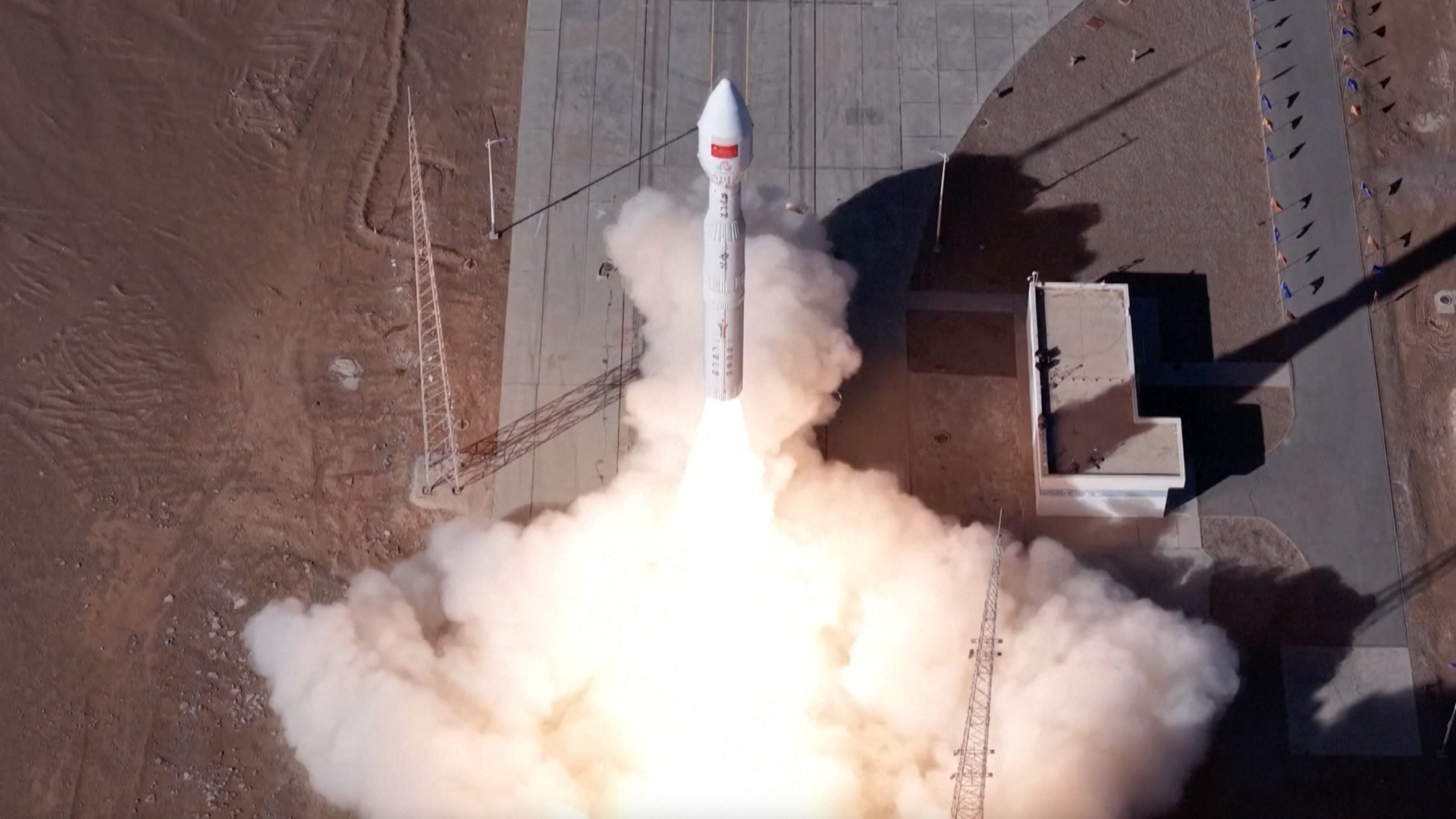Hunting Gravitational Waves with Lasers: How Project LIGO Works (Infographic)

Physicists search for evidence of gravitational waves, a key feature of standard models of how the universe works. The effect of the waves would be small, but recent advances in technology have been providing ways of detecting them.
Gravitational distortion of space-time should be produced by events such as pulsars orbiting each other. The waves squeeze and stretch space as they pass, but the effect is subatomically small.
Hunting Gravitational Waves: The LIGO Laser Interferometer Project in Photos
The Laser Interferometer Gravitational Wave Observatory (LIGO) searches for distortions in space-time that would indicate the passage of gravitational waves. A laser beam is split down two 2.5-mile (4 kilometers) arms containing mirrors. The laser beams reflect back and forth off of mirrors, coming back to converge at the crux of the arms, canceling each other out. The passage of a gravitational wave would alter the length of the arms, causing the beams to travel different distances. The mismatch would be measurable with a light detector. LIGO facilities in Louisiana and Washington state operate simultaneously; the two data points allow triangulation of a gravitational wave's source in the sky.
The Cosmic Microwave Background (CMB) saturates the cosmos, representing the earliest radiation that can be detected in the young universe. In 2014, astronomers announced evidence of gravitational waves in the primordial universe. By examining the map of CMB radiation, astronomers found a faint but distinctive curling pattern. This pattern, called B-mode polarization, is thought to have been generated by gravitational waves at the time of the inflation of the cosmos.
- The Search for Gravitational Waves (Gallery)
- Big Bang Gravitational Waves Discovered | Video
- Major Discovery: 'Smoking Gun' for Universe's Incredible Big Bang Expansion Found
- The History & Structure of the Universe (Infographic)
Follow us @Spacedotcom, Facebook and Google+.
Breaking space news, the latest updates on rocket launches, skywatching events and more!

Karl's association with Space.com goes back to 2000, when he was hired to produce interactive Flash graphics. From 2010 to 2016, Karl worked as an infographics specialist across all editorial properties of Purch (formerly known as TechMediaNetwork). Before joining Space.com, Karl spent 11 years at the New York headquarters of The Associated Press, creating news graphics for use around the world in newspapers and on the web. He has a degree in graphic design from Louisiana State University and now works as a freelance graphic designer in New York City.
